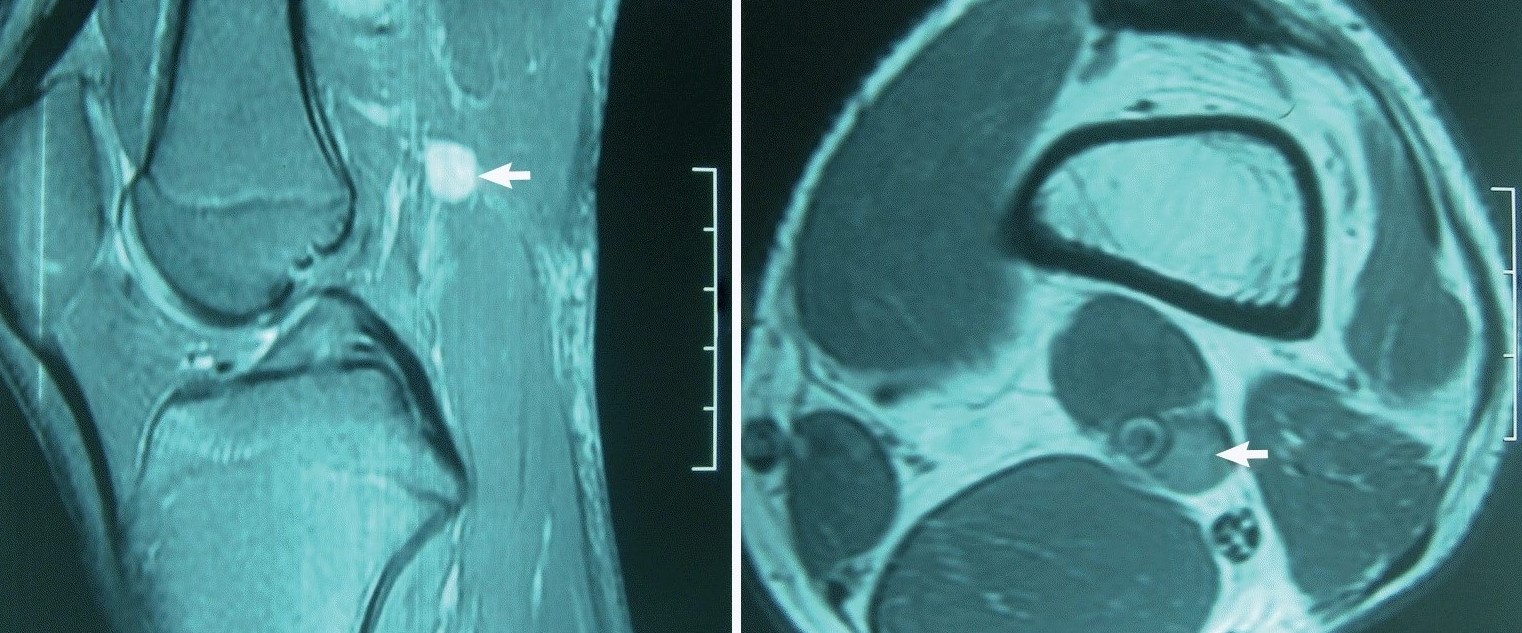
The popliteal lymph nodes are a fascinating and vital part of the human body’s lymphatic system. Located in the back of the knee, these small bean-shaped structures play a crucial role in filtering and draining lymph fluid from the lower extremities. By trapping and removing harmful bacteria, toxins, and other waste products, they help to protect our bodies from infections and maintain overall health.
In this article, we will delve into the world of popliteal lymph nodes and explore ten fascinating facts about them. From their anatomical structure to their important functions, we will uncover the essential information that will enhance your understanding of these remarkable lymph nodes. So, let’s dive in and discover the wonders of popliteal lymph nodes.
Key Takeaways:
- Popliteal lymph nodes are crucial for filtering harmful substances and aiding in immune defense, located behind the knee and playing a vital role in maintaining overall health.
- Enlarged or painful popliteal lymph nodes can indicate underlying infections, autoimmune disorders, or malignancies, requiring proper evaluation and management for optimal health.
Popliteal Lymph Nodes: Vital for Immune System Function
The popliteal lymph nodes are an essential component of the human immune system. These small, bean-shaped structures are located in the back of the knee, specifically in the popliteal fossa. They play a crucial role in filtering and trapping harmful substances, such as bacteria and viruses, that enter the body through the lower extremities.
Location and Structure
The popliteal lymph nodes are situated deep within the popliteal fossa, which is the hollow area behind the knee joint. They are surrounded by adipose tissue and are typically arranged in a cluster formation. These nodes are connected to other lymph nodes through a complex network of lymphatic vessels.
Primary Site for Drainage
The popliteal lymph nodes serve as the primary site for draining lymphatic fluid from the lower leg, foot, and the posterior thigh region. They receive lymphatic fluid from the superficial and deep lymphatic vessels in these areas, which then undergoes filtration and immune response within the nodes.
Size and Appearance
The size and appearance of popliteal lymph nodes can vary among individuals. On average, they range in size from 1 to 2 centimeters in diameter. They have a distinctive bean-like shape with a smooth outer surface. The color of the nodes may vary from pale pink to grayish-purple.
Aid in Immune Defense
The popliteal lymph nodes play a crucial role in the body’s immune defense system. They contain specialized immune cells, such as lymphocytes and macrophages, which are responsible for identifying and destroying pathogens. When an infection or injury occurs in the lower extremities, these nodes become activated to mount an immune response.
Common Site for Metastasis
In certain types of cancers, including melanoma and sarcoma, the popliteal lymph nodes can become a common site for metastasis. Cancer cells can travel through the lymphatic vessels and get trapped within the nodes, leading to the spread of the disease. This makes the evaluation of these nodes crucial in cancer staging and treatment planning.
Role in Rheumatic Diseases
Popliteal lymph nodes can be involved in various rheumatic diseases, such as rheumatoid arthritis and lupus. Inflammation within these nodes can contribute to joint pain, swelling, and other symptoms associated with these conditions. Understanding the role of the lymph nodes in rheumatic diseases is essential for developing effective treatment strategies.
Diagnostic Importance
Assessment of the popliteal lymph nodes is important in the diagnostic workup of certain medical conditions. Enlarged or painful nodes can indicate an underlying infection, inflammation, or malignancy. Physicians often perform physical examinations and imaging studies to evaluate the size, shape, and characteristics of these nodes.
Popliteal Lymphadenopathy and Its Causes
Popliteal lymphadenopathy refers to the enlargement of the popliteal lymph nodes. This condition can have various causes, including infections, autoimmune disorders, and malignancies. Identifying the underlying cause of lymphadenopathy is crucial for appropriate management and treatment.
Surgical Interventions and Popliteal Lymph Nodes
Surgeons must be cautious when performing procedures that involve the popliteal region, as damage to the lymph nodes can disrupt the normal lymphatic flow. Proper preservation of these nodes is crucial to maintain optimal immune system function and prevent complications related to lymphatic drainage.
So, there you have it, 10 fascinating facts about popliteal lymph nodes. These small but mighty structures play a vital role in our immune system function and overall health. Next time you bend your knee, take a moment to appreciate the remarkable complexity and importance of these popliteal lymph nodes!
Conclusion
The popliteal lymph nodes are an important part of the lymphatic system, located in the back of the knee. These small, bean-shaped structures play a crucial role in filtering and trapping harmful substances, such as toxins and bacteria, from the lymph fluid. Understanding the fascinating facts about popliteal lymph nodes can help us appreciate their significance in maintaining a healthy immune system.
From their unique location to their role in lymphatic drainage, these lymph nodes are worthy of exploration. Whether you’re a healthcare professional or simply curious about the human body, delving into the world of popliteal lymph nodes can offer valuable insights into our intricate anatomy. So, next time you bend your knee, take a moment to appreciate the wonders happening in those popliteal lymph nodes.
FAQs
1. What are popliteal lymph nodes?
Popliteal lymph nodes are small glands located in the back of the knee, responsible for filtering and trapping harmful substances from the lymph fluid.
2. How many popliteal lymph nodes do we have?
On average, individuals have three to five popliteal lymph nodes in each leg.
3. What is the function of popliteal lymph nodes?
The primary function of popliteal lymph nodes is to aid in the body’s immune response by filtering lymph fluid and trapping foreign particles, such as toxins and bacteria.
4. Are popliteal lymph nodes susceptible to infection?
Yes, popliteal lymph nodes can become infected due to various factors, including injury, underlying medical conditions, or complications from other infections.
5. Can swollen popliteal lymph nodes be a sign of a serious medical condition?
While swollen popliteal lymph nodes are commonly associated with minor infections, persistent or severely swollen nodes should be evaluated by a healthcare professional, as they can also be a sign of a more serious underlying medical condition.
Popliteal lymph nodes play a crucial role in our body's defense system, working tirelessly to filter lymph fluid and trap harmful substances. Curious about how your lymphatic system functions as a whole? Want to learn more about the incredible immune response that keeps you healthy? Dive deeper into the fascinating world of human anatomy and discover the intricate processes that occur within us every day. From the lymphatic network's role in maintaining fluid balance to the immune system's rapid response to invaders, there's always more to explore and appreciate about our bodies' remarkable capabilities.
Was this page helpful?
Our commitment to delivering trustworthy and engaging content is at the heart of what we do. Each fact on our site is contributed by real users like you, bringing a wealth of diverse insights and information. To ensure the highest standards of accuracy and reliability, our dedicated editors meticulously review each submission. This process guarantees that the facts we share are not only fascinating but also credible. Trust in our commitment to quality and authenticity as you explore and learn with us.


